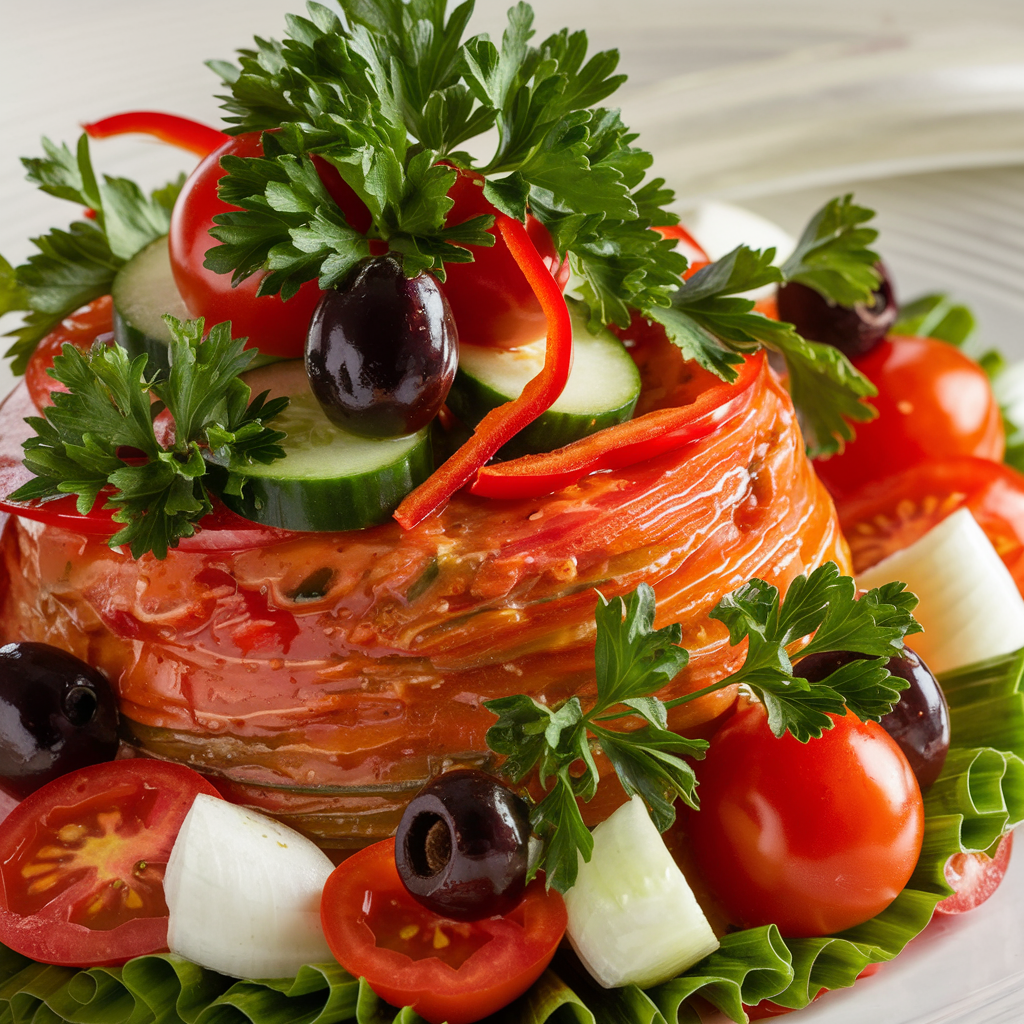Table of contents
Introduction
Traditional dressing is a beloved dish that holds a special place in many culinary traditions, especially during festive seasons. Often served alongside roasted poultry, this savory side dish is a staple in holiday feasts and family gatherings. But what exactly is traditional dressing, and what makes it so special? In this article, we will explore the key ingredients that make up this classic dish, uncover regional variations, and provide tips to help you make the perfect dressing at home. Whether you’re a seasoned cook or a kitchen novice, understanding the basics of traditional dressing will elevate your cooking skills and impress your guests.
Key Ingredients in Traditional Dressing
Bread Types
One of the main ingredients in traditional dressing is bread. The type of bread you choose can significantly impact the texture and flavor of the final dish. Here are some common bread types used in traditional dressing:
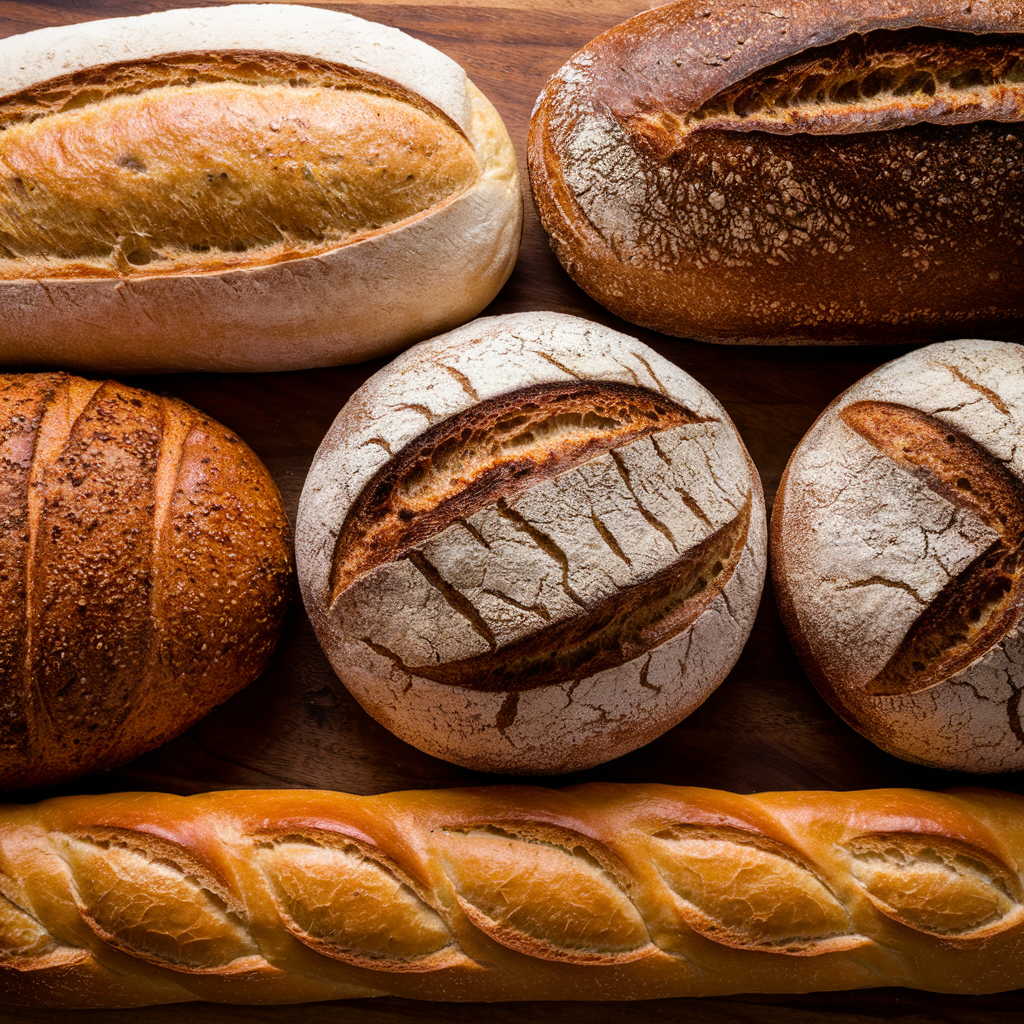
- Cornbread: Widely used in Southern dressing recipes, cornbread adds a slightly sweet and crumbly texture to the dish. It’s typically made from cornmeal, which provides a distinct flavor that pairs well with savory ingredients.
- White Bread: A versatile option, white bread is soft and absorbent, making it ideal for soaking up flavors from the broth and seasonings. It’s commonly used in both Northern and Southern recipes.
- Sourdough: Known for its tangy flavor, sourdough adds a unique taste to dressing. Its sturdy texture helps it hold up well during baking, preventing the dressing from becoming mushy.
- Whole Wheat Bread: For a healthier option, whole wheat bread can be used. It adds a nutty flavor and denser texture, which some may prefer.
The choice of bread ultimately depends on personal preference and regional traditions. Experimenting with different types can yield delicious results and new flavor combinations.
Vegetables
Vegetables play a crucial role in adding flavor, texture, and nutrition to traditional dressing. Common vegetables used include:
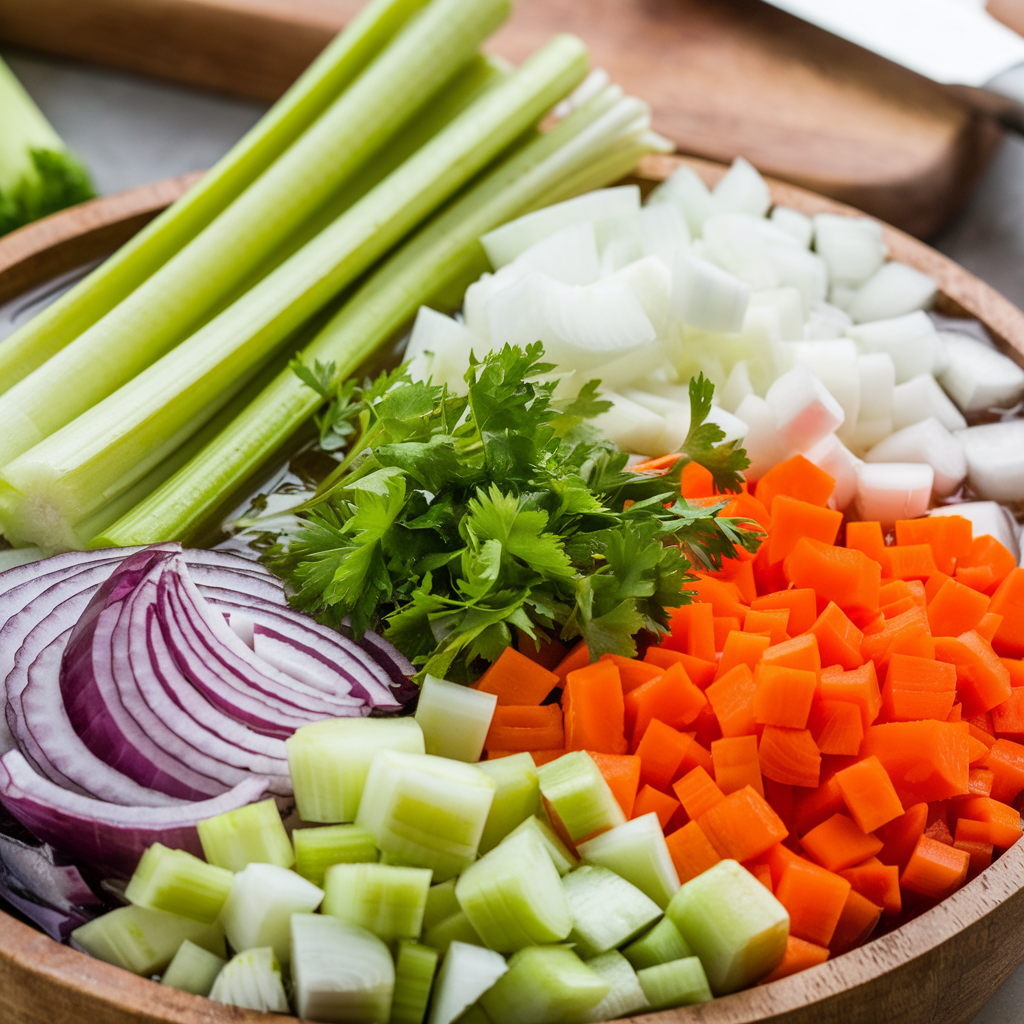
- Celery: Provides a crunchy texture and mild flavor that complements the softness of the bread.
- Onions: Adds sweetness and depth of flavor. Both white and yellow onions can be used.
- Carrots: Adds color and a hint of sweetness. Often used sparingly to balance other flavors.
These vegetables are typically sautéed before being mixed into the bread to enhance their flavors and ensure they are tender in the final dish.
Herbs and Spices
Herbs and spices are essential for seasoning traditional dressing. The most common ones include:
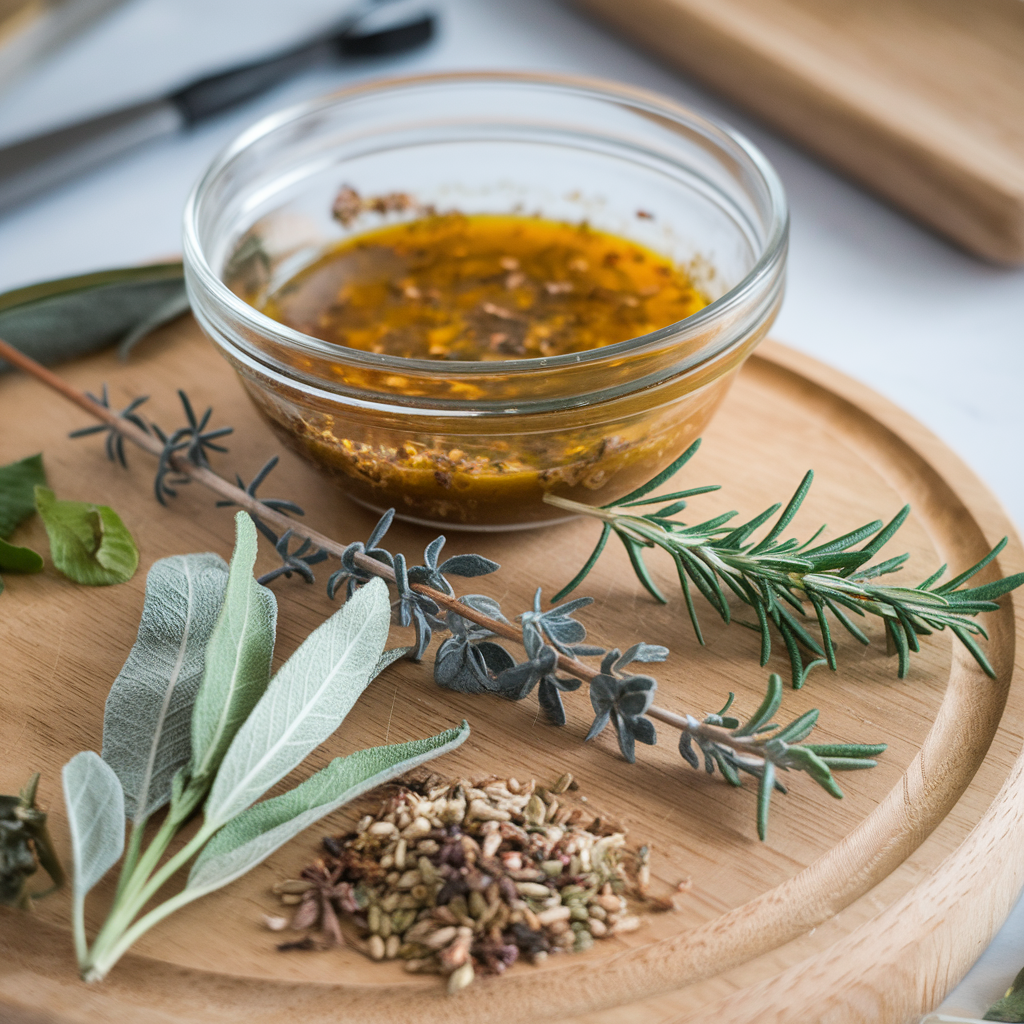
- Sage: A classic herb used in many dressing recipes. Its strong, earthy flavor pairs well with poultry.
- Thyme: Adds a subtle, slightly minty flavor that complements other herbs.
- Rosemary: Provides a pine-like aroma and strong flavor, often used sparingly.
These herbs can be used fresh or dried, depending on availability and preference. Spices such as black pepper, salt, and occasionally nutmeg can also be added to enhance the overall flavor profile.
Broth and Liquids
Broth or other liquids are used to moisten the bread and bind the ingredients together. Common options include:
- Chicken Broth: Adds rich, savory flavor and is commonly used in both stuffing and dressing recipes.
- Vegetable Broth: A great option for vegetarians or those looking to add a lighter flavor.
- Butter: Adds richness and helps achieve a moist, cohesive texture.
The amount of liquid used can be adjusted to achieve the desired consistency, whether you prefer your dressing to be more moist or slightly dry.
Variations in Traditional Dressing
Regional Variations
Traditional dressing recipes can vary significantly depending on the region, each bringing its own unique flavors and ingredients to the table. Here are some common regional variations:
- Southern Cornbread Dressing: In the southern United States, cornbread dressing is a popular choice. This version often includes crumbled cornbread, sautéed onions and celery, and chicken or turkey broth. Sometimes, sausage or bacon is added for extra flavor. The result is a savory, slightly sweet dressing with a crumbly texture.
- Northern Bread Stuffing: In the northern states, white bread stuffing is more common. This type typically uses cubed white bread mixed with onions, celery, and herbs like sage and thyme. Chicken broth is added to moisten the mixture, and it is often baked inside the turkey. This version tends to be softer and more uniform in texture.
- New England Oyster Dressing: A unique variation from New England includes oysters. The briny flavor of the oysters adds a distinct taste to the dressing, which is made with a mixture of bread, onions, celery, and herbs. This version is often baked separately from the bird.
- Southwestern Dressing: Southwestern dressing incorporates bold flavors with ingredients like chili peppers, corn, and spices such as cumin and coriander. Cornbread is often used as the base, and sometimes chorizo sausage is added for an extra kick.
- Midwestern Sausage and Sage Dressing: In the Midwest, a popular version includes sausage and sage. Cubed bread is combined with cooked sausage, onions, celery, and sage, then moistened with broth and baked. This hearty dressing is packed with flavor and has a rich, savory profile.
Family Recipes and Traditions
Family traditions play a significant role in the variations of traditional dressing recipes. Each family may have its own version, passed down through generations and adapted to personal tastes. Here are a few ways family traditions can influence dressing recipes:
- Inherited Ingredients: Some families have specific ingredients they always include in their dressing, such as certain herbs, nuts, or dried fruits. These ingredients add a unique twist to the traditional recipe.
- Preparation Methods: The way dressing is prepared and cooked can vary between families. Some may prefer to bake it separately, while others stuff it inside the turkey. The choice of method often depends on family traditions and preferences.
- Festive Additions: During holiday seasons, families may add special touches to their dressing, such as chestnuts, cranberries, or apples. These additions can make the dish more festive and flavorful.
Cooking Methods
Baking in a Dish
Baking dressing in a separate dish is a common method that many people prefer. Here’s how to do it:
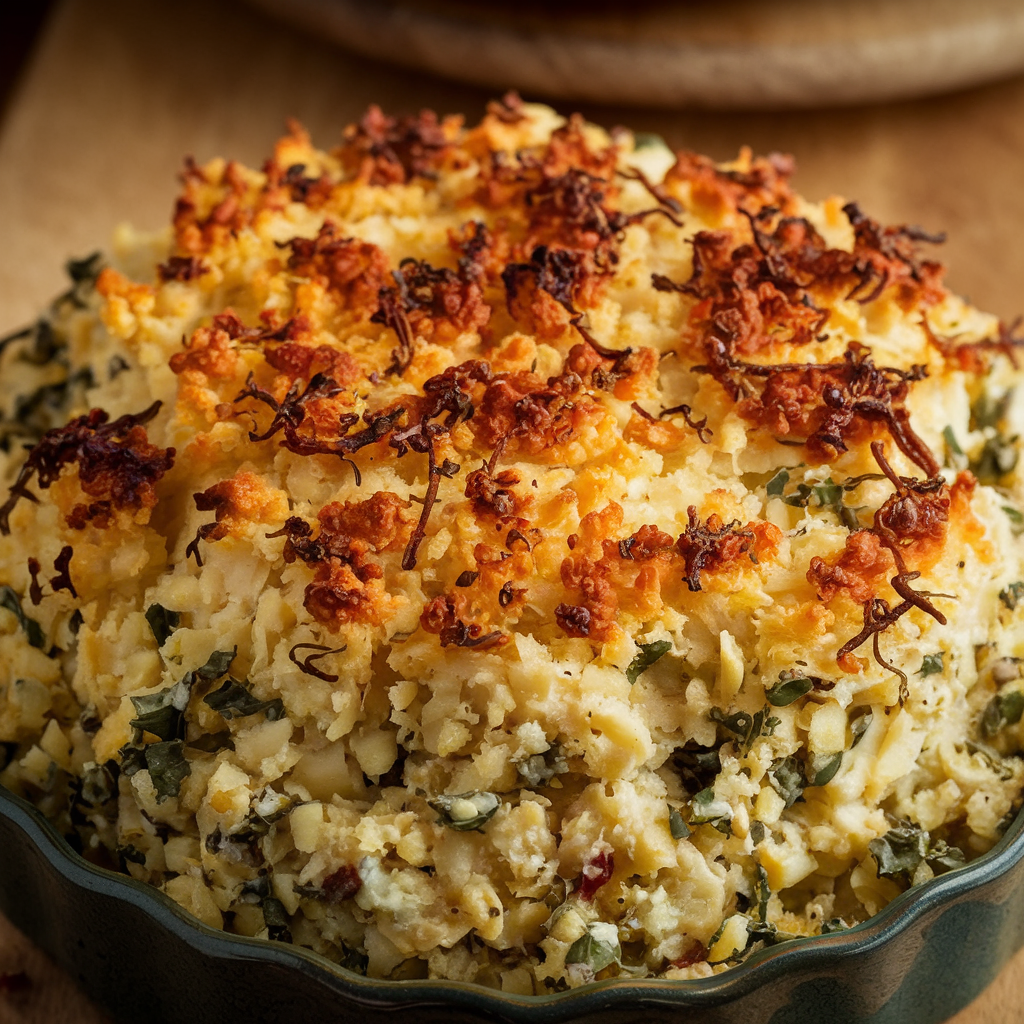
- Preparation: Preheat your oven to the desired temperature, usually around 350°F (175°C). Prepare a baking dish by greasing it lightly with butter or cooking spray to prevent sticking.
- Mixing Ingredients: Combine the cubed or crumbled bread with sautéed vegetables, herbs, and spices in a large bowl. Gradually add the broth while stirring until the mixture reaches your desired consistency.
- Transferring to Dish: Transfer the dressing mixture to the prepared baking dish, spreading it out evenly.
- Baking: Bake in the preheated oven for 30-45 minutes, or until the top is golden brown and crispy. If you prefer a moister dressing, cover the dish with foil during the first half of baking, then remove the foil for the last 10-15 minutes to let the top crisp up.
- Checking Doneness: The dressing is done when it is heated through, and the internal temperature reaches at least 165°F (74°C).
Advantages:
- Crispy Top: Baking in a dish allows the top layer to become golden and crispy.
- Even Cooking: Ensures the dressing cooks evenly without the risk of undercooked areas.
Disadvantages:
- Separate Dish: Requires an additional dish, which can take up oven space, especially during large meals like Thanksgiving.
Stuffing Inside the Bird
Using dressing as stuffing inside poultry is another popular method. Here’s how to do it safely:
- Preparation: Prepare the stuffing mixture as you would for baking in a dish. Ensure the bird is fully thawed and clean.
- Stuffing the Bird: Loosely pack the stuffing into the cavity of the bird. Avoid overstuffing, as it can prevent even cooking. You can also place some stuffing in the neck cavity.
- Securing the Cavity: Use kitchen twine to tie the legs together, securing the stuffing inside.
- Cooking: Roast the bird at the recommended temperature and time for its weight, typically around 325°F (165°C). Ensure that the stuffing reaches an internal temperature of at least 165°F (74°C) to prevent any risk of foodborne illness.
- Resting Time: After roasting, let the bird rest before removing the stuffing. This helps retain moisture and makes the stuffing easier to serve.
Advantages:
- Flavor Infusion: Stuffing the bird allows the dressing to absorb the rich flavors of the poultry juices.
- Moisture Retention: Keeps the stuffing moist and flavorful.
Disadvantages:
- Safety Concerns: There is a risk of bacteria if the stuffing does not reach the safe internal temperature.
- Longer Cooking Time: Stuffed birds may require a longer cooking time, which can be challenging to manage during large meals.
Tips for Perfect Traditional Dressing
Choosing the Right Bread
Selecting the right bread is crucial for making traditional dressing. Here are some tips to help you choose the best bread for your recipe:
- Freshness: Use day-old bread or slightly stale bread. Fresh bread can be too soft and may become mushy when mixed with broth and other ingredients. Let the bread sit out overnight to dry slightly, or toast it lightly in the oven before using.
- Texture: Consider the texture you want in your dressing. Cornbread provides a crumbly, slightly sweet texture, while white or sourdough bread offers a denser, more cohesive texture.
- Flavor: Choose a bread that complements the other ingredients in your dressing. For example, cornbread pairs well with savory herbs and sausage, while sourdough can add a tangy note that balances richer ingredients.
Balancing Flavors
Achieving the perfect balance of flavors is key to making delicious traditional dressing. Here are some tips to help you get it right:
- Seasoning: Be generous with your herbs and spices, but taste as you go. Common herbs like sage, thyme, and rosemary add depth and complexity, while a pinch of nutmeg can add warmth.
- Broth: Use a flavorful broth to moisten the bread. Chicken or turkey broth is traditional, but vegetable broth can be used for a lighter or vegetarian option. Be careful not to add too much broth at once; add it gradually until the desired consistency is reached.
- Vegetables: Sauté onions, celery, and carrots before adding them to the bread mixture. This enhances their flavors and ensures they are tender in the final dish.
- Fat: Adding butter or oil to the dressing mixture adds richness and helps achieve a moist, cohesive texture. Don’t skimp on this ingredient, as it contributes to the overall flavor.
Achieving the Right Consistency
The consistency of your dressing can make or break the dish. Here are some tips to ensure you get it just right:
- Moisture: The dressing should be moist but not soggy. Add broth gradually, stirring and allowing it to absorb before adding more. The mixture should hold together when pressed but not release excess liquid.
- Binding: Eggs can be used as a binding agent to help the dressing hold together. Beat one or two eggs and mix them into the dressing before baking. This helps create a cohesive texture without being too dense.
- Baking Time: Bake the dressing until the top is golden brown and crispy. If you prefer a moister dressing, cover the dish with foil during the first half of baking, then remove the foil for the last 10-15 minutes to let the top crisp up.
Nutritional Information
Understanding the nutritional content of traditional dressing can help you make informed choices about your meal. Here’s an overview of what you might find in a typical serving of traditional dressing:
- Calories: Traditional dressing can be calorie-dense due to the bread, broth, and added fats like butter. A typical serving may range from 150 to 250 calories, depending on the ingredients used.
- Carbohydrates: The primary source of carbohydrates in dressing comes from the bread. A serving typically contains around 20-30 grams of carbs.
- Protein: Protein content can vary, especially if meat or broth is used. A serving might contain 3-5 grams of protein, but this can increase if sausage or giblets are included.
- Fat: The fat content in dressing is influenced by ingredients like butter, broth, and any added meat. A serving might contain 8-15 grams of fat.
- Fiber: Using whole grain bread or adding vegetables can increase the fiber content, which typically ranges from 1-3 grams per serving.
- Vitamins and Minerals: Traditional dressing can provide a good source of vitamins and minerals, including vitamin A, vitamin C, calcium, and iron, especially if vegetables are included.
For those looking to make healthier choices, consider the following tips:
- Use Whole Grain Bread: This can increase the fiber content and provide more nutrients compared to white bread.
- Add More Vegetables: Incorporating a variety of vegetables can boost the vitamin and mineral content.
- Use Low-Sodium Broth: Reducing sodium intake can be beneficial for heart health.
- Limit Added Fats: Using less butter or opting for healthier fats can help reduce the overall fat content.
Serving Suggestions
Serving traditional dressing can be a delightful experience, especially when presented well and paired with complementary dishes. Here are some ideas to make your traditional dressing the star of the table:
Pairing with Main Dishes
- Roasted Turkey: The classic pairing for holiday meals, especially Thanksgiving. The savory flavors of the dressing complement the rich taste of roasted turkey perfectly.
- Chicken: Whether it’s a whole roasted chicken or chicken breasts, dressing adds a hearty side that enhances the meal.
- Pork: Try serving your dressing alongside a juicy pork roast or pork chops. The flavors meld beautifully, creating a satisfying combination.
Side Dish Combinations
- Cranberry Sauce: The tangy sweetness of cranberry sauce cuts through the richness of the dressing, providing a refreshing contrast.
- Mashed Potatoes: Creamy mashed potatoes are a comforting side that pairs well with the texture and flavor of traditional dressing.
- Green Beans: Fresh or sautéed green beans add a crisp, vibrant element to the plate, balancing out the heavier components of the meal.
Presentation Tips
- Garnishes: Sprinkle fresh herbs like parsley or sage on top of the dressing for a pop of color and added flavor.
- Serving Dish: Use a beautiful, oven-safe dish for baking and serving your dressing. This not only saves on cleanup but also makes for a stunning presentation.
- Portion Control: Serve the dressing in individual portions using ramekins or small dishes. This adds a touch of elegance and makes it easy for guests to serve themselves.
Festive Occasions
- Holiday Feasts: Dressing is a must-have for holiday dinners, whether it’s Thanksgiving, Christmas, or any festive gathering. Its comforting flavors and hearty texture make it a crowd favorite.
- Potlucks and Gatherings: Bring a dish of traditional dressing to potlucks or family gatherings. It’s sure to be a hit and pairs well with a variety of other dishes.
Conclusion
Traditional dressing is a versatile and beloved dish that brings comfort and flavor to any meal. By understanding the key ingredients, exploring regional variations, and following expert tips, you can create a perfect dressing that suits your taste and dietary preferences. Whether you’re preparing for a holiday feast or a simple family dinner, traditional dressing is sure to be a hit at your table.

